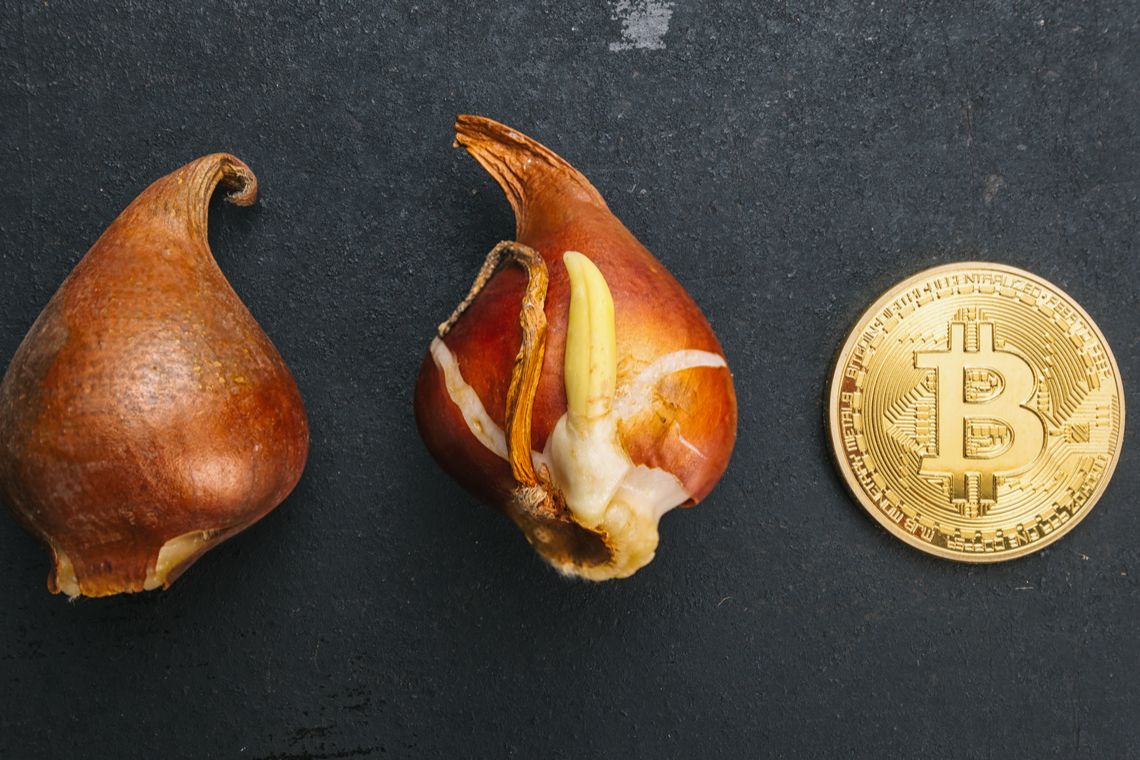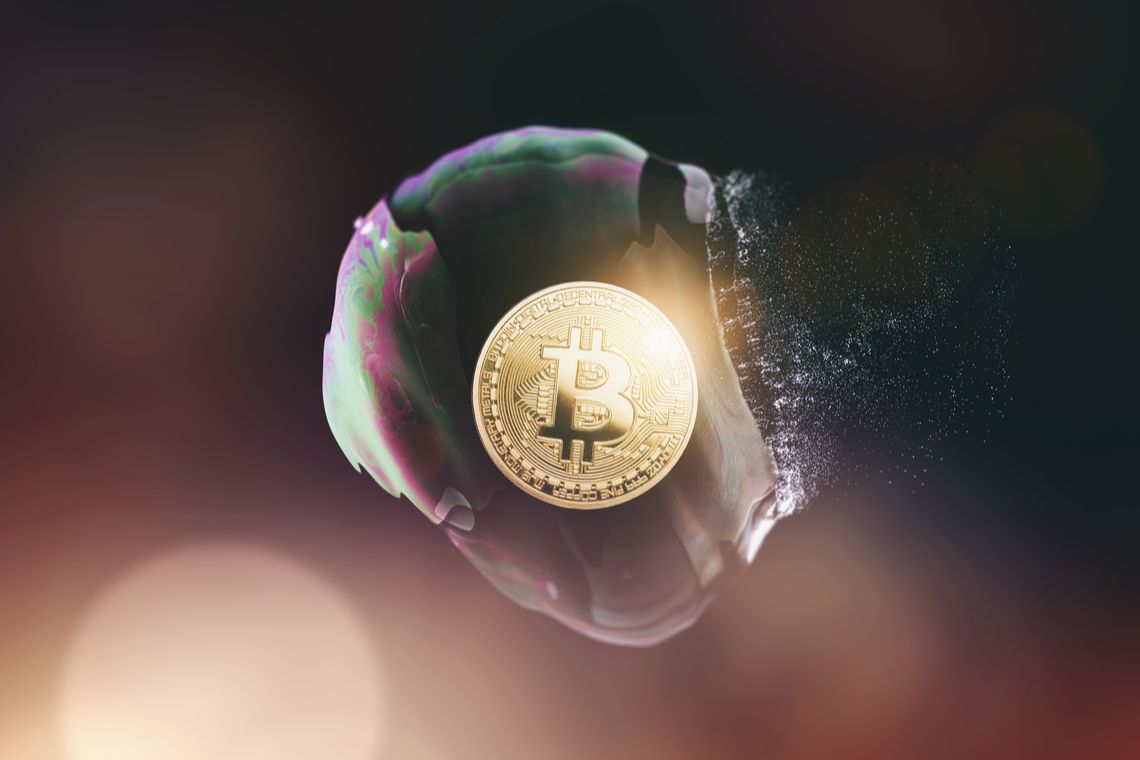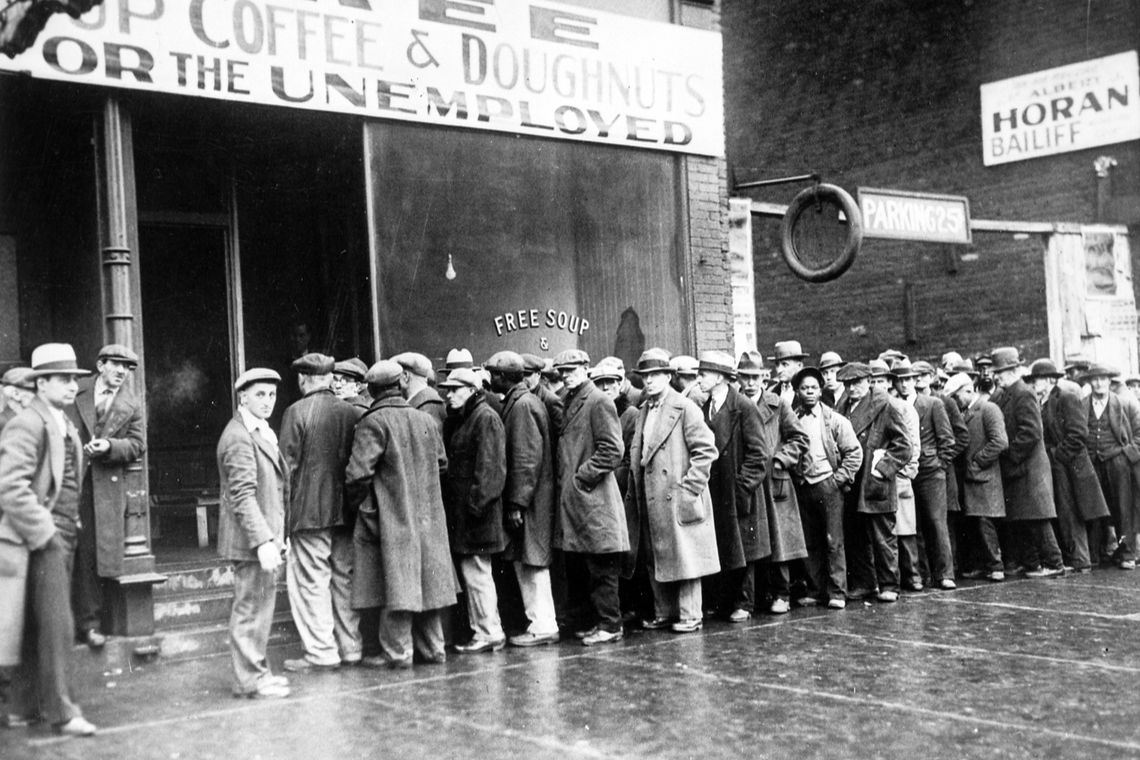As Bitcoin (BTC) prices rose from $900 to over $19,000 in 2017, many distinguished economists started crying “bubble.”
They made convincing parallels with the greatest bubbles in the financial history and spelled doom for the global economy.
However, these economists’ assumptions are based on certain qualities — like a sustained parabolic price increase and the massive involvement of ordinary people with little or no investment experience.
While a steep price growth is one of the most common features of speculative mania, it is not a sufficient condition to say that the phenomenon is a bubble. There are some evident discrepancies that don’t allow us to put Bitcoin in the same classification as tulip fever, the railroad mania, and other iconic bubbles in the global economy’s past.
So, let’s have a look at some of the biggest speculative fevers in financial history to prove that Bitcoin is not a bubble.
Bitcoin and Tulip Mania
The Netherlands has been growing tulips for a long time. Rare varieties of fashionable tulip bulbs were always costly, but they were a niche thing for plant breeders engaged in the tulip growing business.
SponsoredHowever, one day, people started buying them like crazy in hopes to resell them and get rich overnight. People bought futures contracts that were not covered by real bulbs. When the speculative fever reached the tipping point, the market collapsed — leaving thousands of people devastated.
Tulips turned from fancy flowers into a speculative asset and became grossly overvalued in a short time span. Conversely, Bitcoin is a brand new concept with potential and an underlying value that is still undiscovered to the full.
Despite some visible speculative elements present in Bitcoin price movements, we are trying to figure out its intrinsic and practical value — which leads to high volatility and sharp price swings. It bears no similarity to tulip mania.
Bitcoins and Railroads
New technology often provokes speculation.
People were so excited about the new means of transport that they poured more and more money into railway shares, hoping to get profit when the railroad would be put into operation. However, high-interest rates and anti-railroad protests slowed down the development and cooled the hype.
In short, investors overestimated the profit potential of the railroad company and overlooked external factors. They counted on someone making money for them.
Bitcoin is different as it is not a share in a project or a company, and its value does not depend on other people’s efforts.
Bitcoin and the South Sea Bubble
The South Sea company turned out to be a Ponzi scheme.
Established as a private-public company to consolidated national debt, the company offered a monopoly to trade with South America and the nearby islands. However, the company had no realistic plan on how to do the trading and guarantee the rights it sold. Moreover, the company spread misleading and outright fake information to pump up the prices. As a natural consequence, the shares of The South Sea company collapsed and left both investors and the British economy in ruins.
Crooked politicians, greedy company owners, and unscrupulous top-managers betrayed people’s trust — highlighting one of the critical issues present in existing financial and state systems based on centralization and trust.
Bitcoin has no such problems as it is trustless by default. While there are a lot of scam projects and fraudsters that try to capitalize on the new technology, Bitcoin itself was created to guarantee that it would never collapse as the South Sea company did.
Bitcoin and the Japanese Economic Bubble
Creative accounting, manipulations, and financial engineering in earning reports became an integral part of Japanese corporate sector in 1984-1989. Nikkei stock index increased over 500 percent and accounted for more than one-third of global stock market capitalization. The boom stopped when the Japanese government started to raise rates to stop inflation. Nikkei collapsed and dragged the economy into a decades-long period of stagflation.
The Japanese bubble was a product of weak corporate governance and a laissez-faire approach of the government.
Bitcoin is safe here due to the transparency of the blockchain, which can be accessed anytime.
Bitcoin and the US Housing Bubble
Low-interest rates, easy credit, and problematic values of consumer society lured people into a debt trap. Many Americans lived beyond their means while banks approved mortgages to people who could not afford them. This situation resulted in two unwanted consequences: housing in many metropolitan areas appreciated by more than 80 percent, and people defaulting on their credit. Financial institutions with lots of subprime mortgages on their balances went bankrupt and had a ripple effect on the global economy.
Housing price inflation and relaxed credit conditions proved to be an explosive mixture. This bubble taught us a lesson of interdependency and the systemic risks of being “too-big-too-fail” — which brought the whole global economy down to its knees.
Meanwhile, Bitcoin brings us decentralization and no risks of the total crash if one of the system elements fails. What’s more, unlike many other assets, Bitcoin is inflation-proof due to its limited supply, which makes it less vulnerable to sudden price collapses.
Bitcoin and The Mississippi Bubble
The French bubble elaborated by financier John Law was very similar to the above-mentioned British South Sea Bubble.
SponsoredIt emerged in 1716 when Law established a bank, accepted deposits of gold and silver while issuing paper money, and acquired The Mississippi Company, an international trading corporation that soon built a government-backed total monopoly in French colonies. The company’s shares were incredibly popular and prices soared drastically. Eventually, the number of paper notes issued by the bank considerably exceeded the value of gold and silver it received in deposits — and the bubble finally popped in 1720.
Unstoppable paper banknotes printing led massive devaluation and eventually to the price collapse. However, Bitcoin’s issuance is limited to 21 million coins. This feature shields it from the devaluation and inflation that killed The Mississippi Company.
Bitcoin and the Twentieth Bull Market
An economic and cultural boom caused by technological development and industrialization led to the unstoppable rise of US stocks, based on sheer optimism and hopes for future profits. The industrial revolution initiated a massive migration from rural areas to cities as people were inspired by numerous success stories and wanted to realize their American Dreams.
For the first time in history, ordinary people were allowed to invest in stocks. Many of them borrowed money to buy shares. By the time of the crash, the total amount of debt reached $8.5 billion, which was greater than then the entire sum of money in circulation.
The market collapsed, erasing over $16 billion of value. The colossal crash led to the 12-year Great Depression and had a massive impact on the stock market.
While there are certain similarities between the Bitcoin rally of 2017-2018, there is a crucial nuance that makes the difference.
The Wall Street bubble started to grow when ordinary people with no investment experience joined the game. Regular Joes brought volatility, and the market went from stable to rocky before finally dropping, as the panic-stricken first-time investors rushed to the exit all at once.
Bitcoin was entirely in the hands of ordinary people from the very beginning. Retail investors engineered the cryptocurrency ups and downs, while professional investors and institutions stayed away from this market until recently. Institutional money has just started to flow into cryptocurrency assets, bringing instability and discipline. Having survived its early days of evolution, bitcoin is on the verge of mainstream adoption.
Bitcoin and the Dotcom Boom
The Dotcom Bubble of the 1990s and subsequent recession is considered to be one of the most infamous and destructive bubbles in the world’s history.
Sponsored SponsoredThe emergence of the Internet, a brand new phenomenon, attracted massive investment flows into numerous internet startups and fueled unprecedentedly high levels of speculation and risk-taking amid poor business practices. This animal hunger drove companies’ valuations and the tech sector’s shares to lofty heights. The NASDAQ skyrocketed from sub-500 levels to exceed 5,000. However, in March 2000, the index began to plummet and lost 80 percent in 18 months.
And yet, the case with Bitcoin still looks different.
Unlike the investments at the height of Dotcom Boom — which used to be mostly domestic and often hefty — Bitcoin attracts money from around the globe, and the average sums are usually rather modest. Besides, most Bitcoin owners prefer just to hodl it to see what happens, and they are not in a hurry to get rid of it.
Bitcoin and Rhodium
A boom that suddenly struck the commodities market in 2008 remains unexplained. That year, the prices of Rhodium, a scarce metal, skyrocketed and reached $9,500 per ounce in July 2008 — up from $500 in 2006. The spike was short-lived. In January 2009, the prices plunged back to $1,000.
It’s still unclear what made them move so fiercely. Experts believe it was the combination of several factors, including a general bullish trend on the metals market, a high demand, and a subsequent decline in the car industry. There was also herd behavior from investors led by some powerful speculators.
Similar to tulips, Rhodium, a highly-niche commodity, caught the eye of speculators who did not care about the metal’s practical uses. They wanted to capitalize on a price increase and rushed to the exit once the trend started to reverse.
Meanwhile, many of Bitcoin owners are holders (or so-called hodlers), which means they are not going to sell their coins no matter what. This culture of hodling is what makes Bitcoin robust and less vulnerable to a disastrous collapse.
Bitcoin and Kipper und Wipper case
A rather curious financial crisis occurred at the beginning of the Thirty Years’ War (1618-48) in Europe.
Many city-states of the Holy Roman Empire attempted to increase their revenues during the hard wartime by debasing currencies. They melted metal coins and mixed them with cheaper metals. Notably, instead of their own currency, the authorities often forged coins of other lands. Though this practice was soon disclosed and generally stopped in 1623, all these low-value imitations of money caused severe damage to almost all local economies and resulted in hyperinflation.
This is a striking contrast to Bitcoin, which, by default, cannot be forged due to the immutability and transparency of blockchain. Besides, Bitcoin’s total supply is strictly limited, which makes it a non-inflationary currency.
Do you think Bitcoin (BTC) is a bubble? Let us know your thoughts in the comments below!










